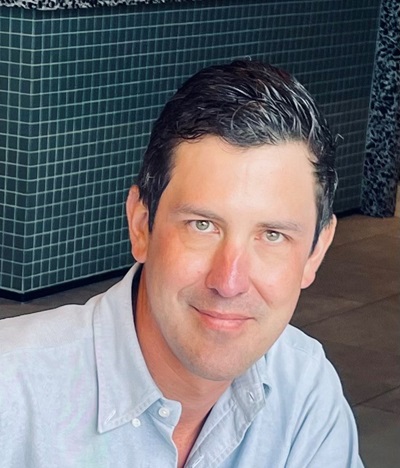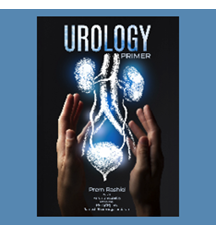2023 | Volume 24 | Issue 3
 a
a
Dr Robert Toma
The Australian Society of Plastic Surgeons (ASPS) is implementing new projects to increase support for plastic and reconstructive surgeons in regional and rural Australia.
The projects were developed as part of the ASPS Regional and Rural Strategy that aimed to address the shortage of plastic and reconstructive surgeons based outside metropolitan areas.
They aim to address the disparity between plastic and reconstructive surgeons working in metropolitan and regional or rural areas.
According to a 2022 RACS study, only 3.5 per cent of Australian plastic and reconstructive surgeons live and work outside metropolitan centres, covering 23 per cent of the country’s population.
In the case of patients from Warrnambool, this meant an average increased cost of $1201 in travel and accommodation to Melbourne for necessary operations, including hand surgery and breast reconstruction.
RACS Fellow, plastic and reconstructive surgeon and ASPS regional subcommittee member, Dr Robert Toma says there are various drivers behind the shortage of plastic surgeons working outside metropolitan areas, including a lack of understanding of services provided by plastic surgeons, and difficulties attracting surgeons and their families.
“Another significant problem is that administrators of regional hospitals don’t always see plastic surgery as a high priority—we’re not a tier one service in many regional areas so we don’t attract the funding of general surgery, orthopedics and obstetrics,” he says.
“There are also other factors, including the isolation of setting up a unit in a regional area. You’re on your own and away from colleagues and support, and there is the issue of being on-call regularly.
“It is often seen to be easier to stay in a metropolitan area where you join established practices, enjoy the support of your colleagues, have reduced on-call requirements and can make a similar or higher income.”
Dr Toma grew up in Melbourne and worked in Warrnambool on a rotation as a junior resident. He returned for six months of his general surgery training and became familiar with the health service and community.
He and his wife decided to move to Warrnambool permanently to pursue their medical careers and start a family.
The couple have two children, a six and 10-year-old and they enjoy the coastal lifestyle, the community and the convenience of life in regional Victoria.
However, Dr Toma has first-hand experience of the challenges of helping administrators understand the need for local plastic surgery services.
When he first proposed the idea of setting up a local service in Warrnambool, he encountered misconceptions that plastic surgeons mainly provided cosmetic procedures.
“That was the level of understanding at the time. Now, fortunately, the health services in our region understand the services plastic surgeons provide and the benefits to the community,” he says.
According to Dr Toma, the main procedures carried out in Warrnambool are skin cancer removals, hand surgery and breast reconstruction—similar to many metropolitan services.
One way the new strategy aims to support the development of regional and rural services is to educate hospital administrators on the nature of plastic surgery work, and the need for practitioners locally.
It also aims to promote rural training to build connections between plastic surgeons and regional and rural areas, and advocate for increased funding for plastic surgery services outside metropolitan areas.
Dr Toma says that while there are pros and cons of working as a plastic surgeon in a rural or regional area, the benefits for him outweigh the negatives.
“The downside is that it’s hard to take a break from the job as in a smaller place, everyone knows who you are.
“But it also has a positive—that you have a more personal connection with the community because you see your patients, or their families, in town.
“You can see the changes that you’re making, and you get constant feedback that they’re happy to have the service locally as they don’t have to travel.”
The strategy document is available on the ASPS website.
For more on Rural and Regional accessibility listen to Dr Richard Toma on the ASPS podcast.

